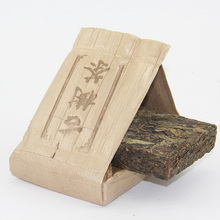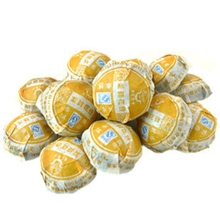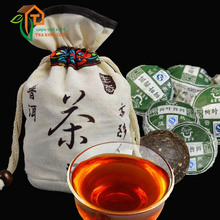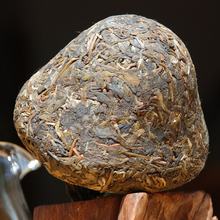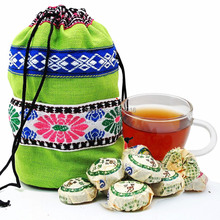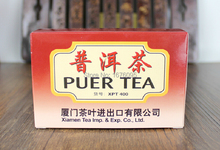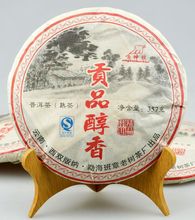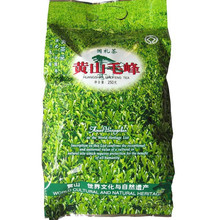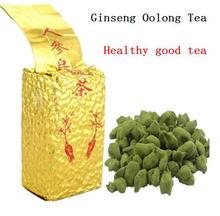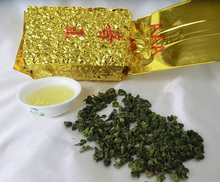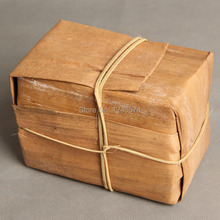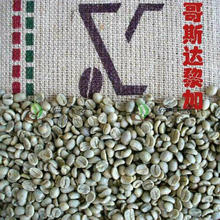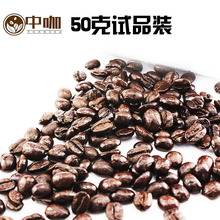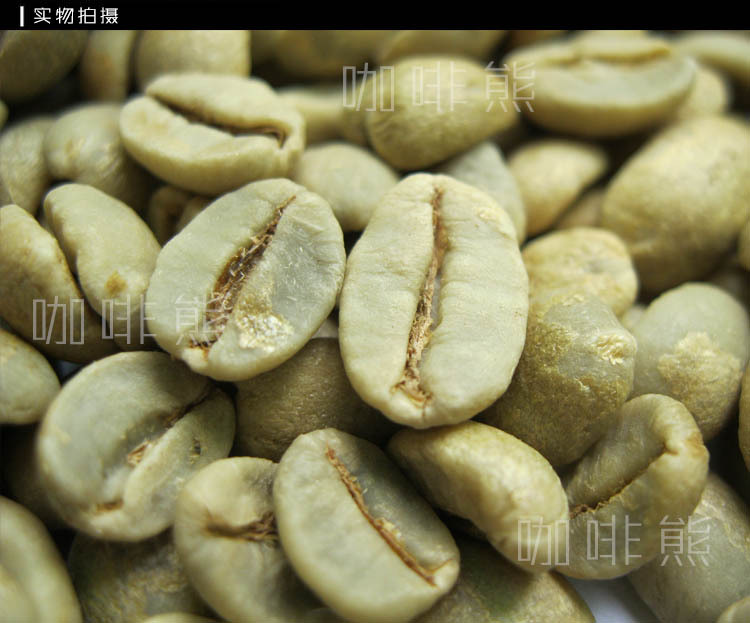
Low acidity, medium roast coffee beans 100g 17-18 mesh Brazil
price: US $0.08
| Grade: | 17-18 |
|---|---|
| Weight: | 100g |
| is_customized: | Yes |
| Shelf Life: | 1000 days |
| Packaging: | Bag |
| Caffeine Type: | Decaffeinated |
| Item Type: | Coffee beans |
| Flavor: | Green |
Product Description
Since 1720 from French Guiana (Guyana) since the introduction of coffee trees, coffee production has gradually become a science. Before 1990, the Brazilian government to strictly monitor the coffee industry, both severely interfere with another price protection measures, but the country has been implementing measures to protect farmers a minimum price, as well as resulting in the overproduction of coffee. World War II, some time ago, as many as 78 million bags of the remaining inventory, and later had to be put into the water by fire or destroyed. Free-market liberalization since 1990, the original "Brazilian coffee Authority" (IBC) is the national non-investment administrative bodies - to replace national economy Association, which pursues the policy of non-interference, allowing producers and exporters direct negotiations. Exporters business activities by the legislative oversight government departments to be legally registered exporters. As the Brazilian coffee variety, not only "Brazilian coffee" (Brazilian) and including the word they sac. As in other Arab coffee, Brazilian coffee is becoming "Brazils" to distinguish it from "Milds" coffee. The vast majority of Brazilian coffee is not cleaned and dried, they are classified according to the State of origin and shipping port. Brazil has 21 states, 17 states produce coffee, but which has the largest output of four states, which together account for 98% of national output, they are: Parana (Parana) states, Sao Paulo (Sao Paulo) state, Mira Gerais (Minas Gerais) and Espirito Santo states (Espirito Santo) output states, southern Paraná most amazing, accounting for 50% of total production. Although coffee has diversity, but Brazilian coffee but for the public's taste. For example: the northern coastal areas of coffee production has a typical taste of iodine, after drinking reminiscent of the sea. This coffee exported to North America, the Middle East and Eastern Europe. Brazil is the world's coffee figuratively as "Giant" and "The Prince." There are about 3.9 billion 70 million coffee trees, small farmers are now planting coffee accounted for 75% of national output. The number engaged in coffee production in Brazil is twice or even three times in Colombia, while Colombia is the world's second largest coffee producer. Unlike in the past, the Brazilian economy is now less dependent on coffee, coffee accounted for only 8% to 10% of GDP. Before World War II, Brazilian coffee production accounted for 50% or more of the world, is now close to 30%, but the impact on the world of coffee in the country, especially on the price of coffee, but it is important, for example, in 1994 two frost had caused skyrocketing global coffee prices. There is also a rather fun and worth pursuing coffee is rinsed Bahia (Bahia) coffee. This coffee is not easy to find, because after the United States, Brazil is the world's largest coffee consuming country, many of the good coffee only to find to their domestic market. In Brazil, the largest output is robusta coffee. This coffee sold in supermarkets. Brazilian robusta coffee to kenilun (Conillon) names for sale, accounting for 15% of total production. Milas in southeastern Brazil (Minas Greais) Some states Manor Cerrado (Cerrado) area planted with ancient Bourbon coffee. These estates, such as the card flat Blanco (Capin Branco) Manor and Vista Alegre (Vista Allegre) manor, Bourbon coffee growing old varieties also ShangXi sold. Although from the same area, but these coffee unique. Capim Blanco coffee biweishialai Siegel coffee taste smoother, while Vista? Allegre espresso and black, both low acidity. However, like all Brazilian coffee, when they are most suitable for fresh consumption, because the older the more concentrated acidity. The coffee growers have been organizing themselves into Brazil Specialty Coffee Association (the Speciality Coffee Association of Brazil Chinese name: next baxibo kinds of coffee beans Product Specifications: 100 grams Coffee Country: Brazil Coffee-producing areas: nanminasiji Las Minas Greais State Department Coffee Level :17-18 mesh Disposition: delicate washing process Baking: Medium Dark Roast Taste Description: with a moderate degree of alcohol and acid degree, and with a deep sense of floral and nutty flavor. Beans uniform size, defect rate, there is a touch of sweet flavor stocks. Low acidity from the center of the world's coffee, roasted coffee beans moderate.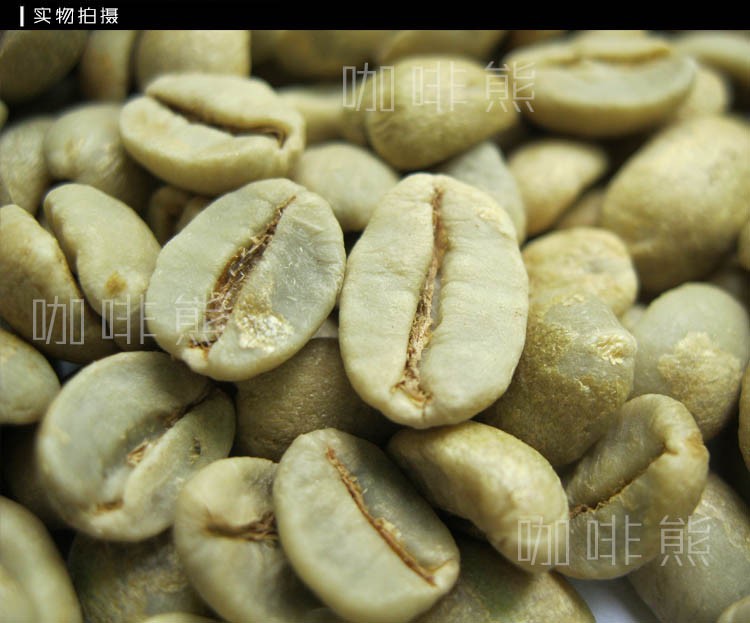

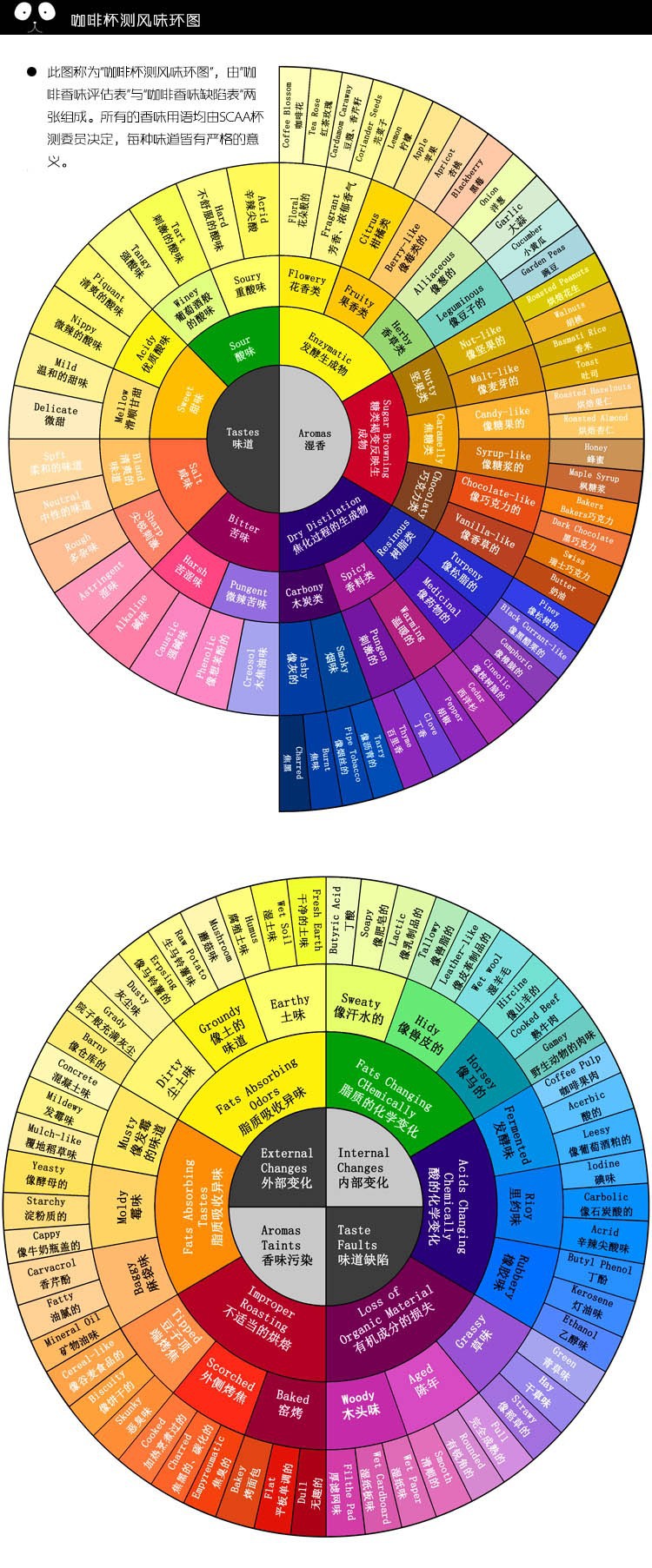
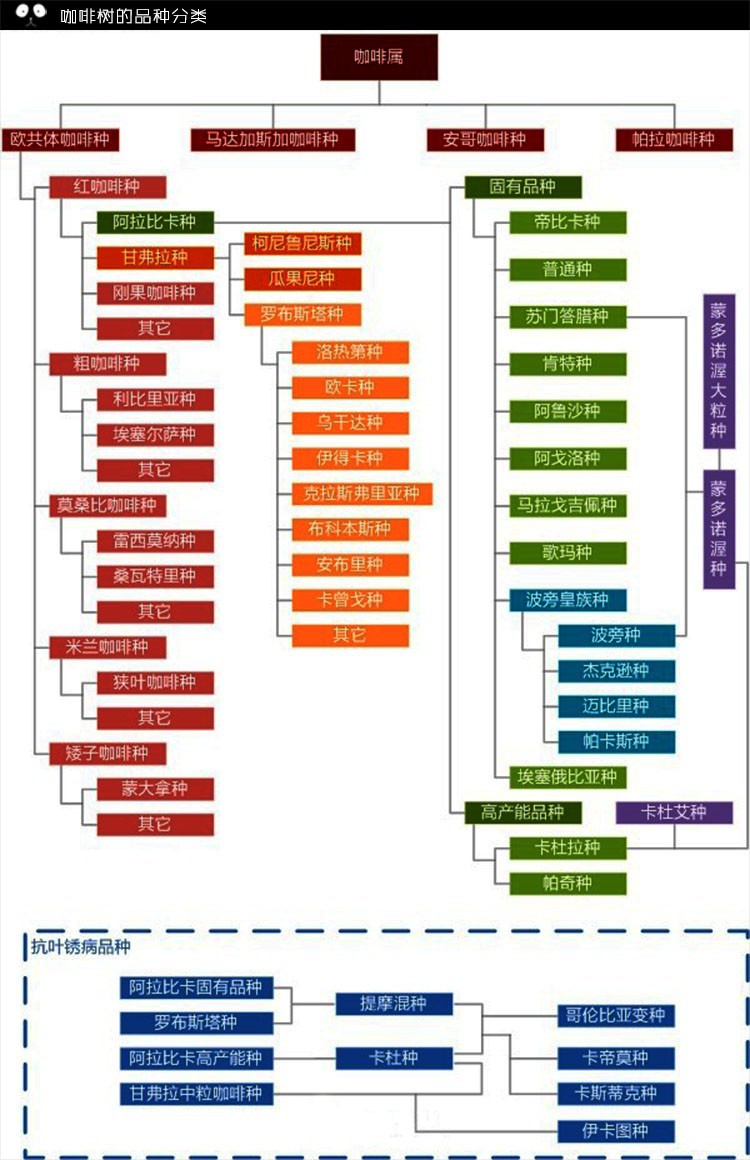 Blending general steps and principles Before the fight we should be clear with the following: 1 items with the theme I hope to fight with what kind of taste that determine blending targets. 2. Understand the characteristics of each coffee beans To fight with coffee must first be familiar with every single coffee features a subtle understanding of the relationship between the degree of roasting coffee flavor, and all this can only be achieved through product cup. 3 Determine participate blending coffee beans are the tasks Because it is equipped with a variety of beans to use to fight, it must be clear that each coffee bean task is to make her emergent gentle bitterness, sour or sharp heavy alcohol degree. When blending generally follow the following principles: 1 requires blending with raw beans each with characteristics using coffee beans, while avoiding the use of a similar flavor beans. Choose raw beans can be considered from three aspects: Beans processing methods: the beans are processed using the method of washing or drying, handling law and coffee flavors of a great relationship. Beans Origin: coffee origin is generally divided into three regions, including Central and South America, Brazil, Colombia, Guatemala, Mexico, hole Salvador, Jamaica, Peru, about 20 countries; Southeast Asia, namely India, Indonesia (including Java and Sumatra and other islands), Papua New Guinea about 10 countries; Arab and African regions, namely Ethiopia, Kenya, Tanzania, Arabia, Uganda, about 25 countries. Coffee flavor: refers to the flavor of the coffee beans sour, bitter, sweet, alcohol which blindly more prominent, or more balanced in all aspects of neutral beans. Now the most commonly used raw beans are Brazil, Colombia and mocha. 2 kinds of beans involved in the fight with the number and proportion of Since it is a fight with, naturally refers to two or more blending of raw beans, but is also a special case can be different degrees of the same kinds of baked beans blending together, and even the same kind of new crop beans and aged coffee or old crop blending together, so kind referred to in the blending is not narrowly coffee varieties, but rather extends to a broad flavor of the coffee. Generally use two to six kinds of coffee beans when blending, too many species will be unable to express a unique coffee flavor. Generally do not take coffee blending blending ratio of 1:1, as this may inhibit the unique flavor of each other, so there must be primary or secondary to the fight with more than a single coffee taste wonderful when blending. If you want to fight with the complex flavors of coffee, beans can reduce the proportion of the original theme, and vice versa. (3) blending coffee is constantly trying to rely on, so should be used before the fight with a combination of mathematical formulation of a fight with the way the schedule, and then blending - the process of goods to determine the best solution cup. Do not think this is a negative awkward fact that only by blending teacher experience, inspiration and so patiently try to fight with
Blending general steps and principles Before the fight we should be clear with the following: 1 items with the theme I hope to fight with what kind of taste that determine blending targets. 2. Understand the characteristics of each coffee beans To fight with coffee must first be familiar with every single coffee features a subtle understanding of the relationship between the degree of roasting coffee flavor, and all this can only be achieved through product cup. 3 Determine participate blending coffee beans are the tasks Because it is equipped with a variety of beans to use to fight, it must be clear that each coffee bean task is to make her emergent gentle bitterness, sour or sharp heavy alcohol degree. When blending generally follow the following principles: 1 requires blending with raw beans each with characteristics using coffee beans, while avoiding the use of a similar flavor beans. Choose raw beans can be considered from three aspects: Beans processing methods: the beans are processed using the method of washing or drying, handling law and coffee flavors of a great relationship. Beans Origin: coffee origin is generally divided into three regions, including Central and South America, Brazil, Colombia, Guatemala, Mexico, hole Salvador, Jamaica, Peru, about 20 countries; Southeast Asia, namely India, Indonesia (including Java and Sumatra and other islands), Papua New Guinea about 10 countries; Arab and African regions, namely Ethiopia, Kenya, Tanzania, Arabia, Uganda, about 25 countries. Coffee flavor: refers to the flavor of the coffee beans sour, bitter, sweet, alcohol which blindly more prominent, or more balanced in all aspects of neutral beans. Now the most commonly used raw beans are Brazil, Colombia and mocha. 2 kinds of beans involved in the fight with the number and proportion of Since it is a fight with, naturally refers to two or more blending of raw beans, but is also a special case can be different degrees of the same kinds of baked beans blending together, and even the same kind of new crop beans and aged coffee or old crop blending together, so kind referred to in the blending is not narrowly coffee varieties, but rather extends to a broad flavor of the coffee. Generally use two to six kinds of coffee beans when blending, too many species will be unable to express a unique coffee flavor. Generally do not take coffee blending blending ratio of 1:1, as this may inhibit the unique flavor of each other, so there must be primary or secondary to the fight with more than a single coffee taste wonderful when blending. If you want to fight with the complex flavors of coffee, beans can reduce the proportion of the original theme, and vice versa. (3) blending coffee is constantly trying to rely on, so should be used before the fight with a combination of mathematical formulation of a fight with the way the schedule, and then blending - the process of goods to determine the best solution cup. Do not think this is a negative awkward fact that only by blending teacher experience, inspiration and so patiently try to fight with
